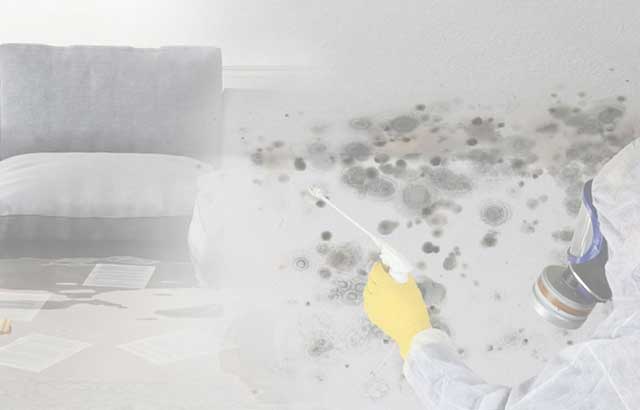Usual Reasons For Water Damage in a Bathroom
Usual Reasons For Water Damage in a Bathroom
Blog Article
Were you hunting for advise around Preventing Water Damage in the Bathroom?

The restroom is incredibly susceptible for moist accumulation and potential water damage as a result of the constant use water in it. This short article offers simple inspection strategies to aid identifying water damages risks.
The frequent use of water in the bathroom makes it exceptionally at risk for damp build-up and potential water damages. By evaluating it on a regular basis, you can minimize water associated damages.
The following collection of assessments is simple to perform as well as ought to be done as soon as in every three months in order to keep your shower room in good shape and also to avoid potential water problems triggered by the bathtub, the shower, pipeline joints and plumbing, sinks, closets, and also the bathroom
Do not neglect doing these evaluations and also be extensive while performing them. Bear in mind that these simple examinations can save you a great deal of money by giving early signs for water damage
Sinks and also Cabinets
Sinks and closets are exposed to dampness and moisture daily as well as are often ignored. Evaluate frequently under the sink and also on the counter top over it. Fix any drip in the catch as it may suggest drainpipe problems. Check out the sink, slow draining pipelines may show a blocked drain. Change sink seals if they are cracked or loosened.
Bathtub as well as Shower
The shower and tub require unique attention as well as upkeep. Inspect the floor tiles and change if cracked. Make certain that there is no missing out on grout in between the tiles. Check and replace fractured caulking at joints where the walls satisfy the flooring or the bathtub. Blocked drains pipes and pipelines problems will stop the bathtub from drying and also may suggest severe problems below the bath tub. Consult with a professional right away to prevent structural damages. Take notice of discolorations or soft areas around the bath tub wall surfaces as they may suggest an interior leakage.
Plumbing
Signs for water damage are difficult to find given that many pipes are mounted inside the wall surfaces.
Pay special attention to flooring as well as wall surfaces dampness and spots as they might show an unseen plumbing trouble. Check moisture levels in adjacent spaces too.
The Commode
The toilet is a susceptible water junction. Inspect the water lines as well as look for leakages around the commode seat, in the tube, and under the water tank. If you spot any type of indications of moisture on the floor around the toilet, check for leaks in the toilet rim as well as storage tank seals.
Know that hanging commode dish antiperspirants raises the opportunities for obstructions.
Water Damage Signs In The Bathroom To Avoid Cleanup
Musty smell
This is one of the easiest signs to catch because musty smells are so odorous. The damp, earthy, moldy smell should be a big red flag. The smell will develop when moisture gets trapped in surfaces, and begins to facilitate mold growth. Leaking pipes under cabinets, inside walls, and behind shower fixtures will cause moisture to stay trapped and not dry, which will lead to mold growth and spread. As soon as you notice any musty smells in your bathroom, have it checked for hidden water damage and cleanup signs.
Visible mold
If the smell isn’t there to give it away, sometimes you will actually see mold growth. Finding mold in your bathroom is a serious problem, because mold is very harmful to your health. By the time mold growth is visible, it also means that water damage has already occurred and been present for some time. The only way the mold problem can be resolved is to find the source of the moisture and get it stopped. To safely and adequately remove mold, you need to have professionals handle the remediation. Do not waste any time in getting mold problems addressed, fixed, and sanitized so that you can protect you and your family from the many respiratory symptoms caused by mold exposure.
Damaged floors
Bathroom floors should be able to withstand some exposure to water while still remaining in good condition. However, when excess exposure or water leaks occur, they will begin to damage even the most water-resistant flooring. If you notice any cracking, bubbling, staining, or warping on your bathroom floors, there is probably a water leak somewhere causing the distortion. If you notice areas of the floor have become softer, or even have a spongy feeling, there is probably damage to the subfloor. Subflooring is typically made up of plywood. When plywood is exposed to water or moisture, it will absorb it. Once it has become saturated, the weight of the excess water will cause the wood to swell and soften. Check the floors in your bathroom frequently to catch any of these sings before they lead to damaged subflooring.
Changes on walls
When water leaks behind walls, it will cause changes in the drywall. Peeling plaster, blistering paint, and soggy wallpaper are all good indicators that excess water is building up behind the wall. Water leaking behind drywall will cause it to swell and be soft to the tough. If you start to notice gaps along the trim of your walls, or where tile meets the wall, it could also be a strong indicator that there is a leak behind the wall. Any changes, distortion, or damage on the walls should be evaluated as soon as you notice it to prevent further water damage and cleanup.

We hope you liked our part on How to Fix a Water Damage Bathroom. Thank you for finding the time to read our article post. Sharing is good. Helping people is fun. I appreciate reading our article about How to Prevent Bathroom Water Damage.
Visit My Web Page Report this page